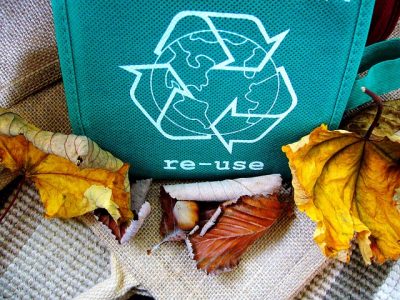When you’re building a home there are two ways to be eco-friendly in your approach. The first is to use energy-efficient materials to reduce your carbon footprint in the future.
The second is by using eco-friendly building materials. For example, using recycled steel can save up to80% of the energy usedto create new steel products from iron ore.
These are some of the best options when it comes to sustainable construction materials.
1. Recycled Steel
It costs the planet up to 50 trees to make the frame for a single 2,000 square foot house. You can get the same results by using recycled metal from 6 junk cars.
Apart from being an eco-friendly source, steel is also stronger than wood and stands up better to gale force winds and earthquakes.
If you do go the steel route, please ensure that you hire an experienced contractor to help you with any steelwork. Ironwork features as one of themain causes of construction accidentsannually so it’s not something you should DIY.
2. Bamboo
Bamboo is another good substitute for wood in certain applications. It’s lightweight and has high compressive strength making it the ideal support material for concrete.
It’s easy to shape and split bamboo into the shapes you need and it’s an attractive element for screens and mats.
Bamboo also grows incredibly fast, three times faster than most other plants, and is easy to cultivate in most countries of the world.
3. Precast Concrete
Concrete is a natural material that’s manufactured with little waste. It’s low maintenance and can last for up to 100 years. When concrete’s pre-molded into shapes for construction, it’s easy to re-use too.
Pre-formed concrete uses less energy than concrete that’s poured onsite and is also more cost-effective. The most common uses of this type of concrete are for culverts, catch basins, manholes and stormwater pipes.
4. Straw Bales
Straw bales may be an unconventional type of construction material these days, but people have used straw bale construction for over 100 years. Straw has excellent insulation properties. It keeps things cool in summer and warm in winter.
Straw is a waste product of the grain industry, so it scores double points for sustainability.
The baling process for straw is a low energy process with a comparatively small environmental impact and it’s easy to regrow. It’s a cost-effective alternative to traditional brick.
Strawbale homes have a unique look and an attractive, earthy ambiance too.
The only drawback with straw is that you’ll need a skilled artisan to help you with construction, and not many builders are familiar with the process.
Beyond Sustainable Construction Materials
Insulation is another area where you can go the sustainable route. Wool, polyurethane foam, and hempcrete are all sustainable construction materials when it comes to insulation.
除了环保建筑实践,are plenty of ways to ensure your home and your life are kinder to the planet.
Keep reading our blog for more useful insights into how you can make the world a greener place. Your life depends on it.










